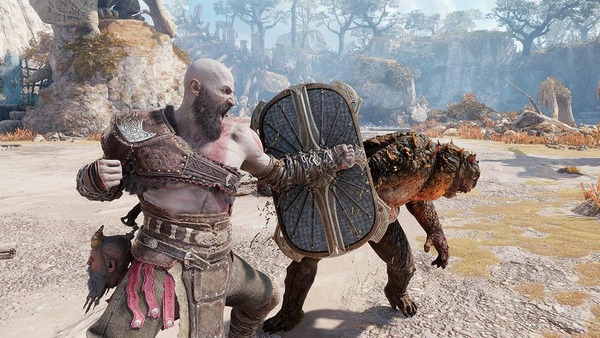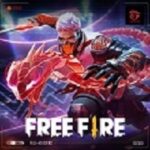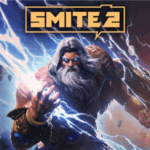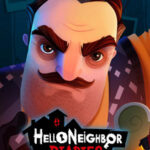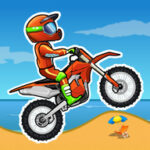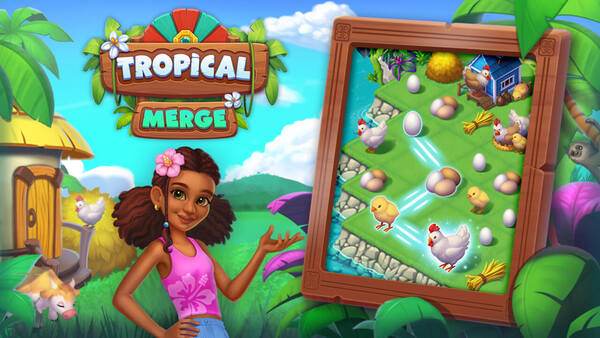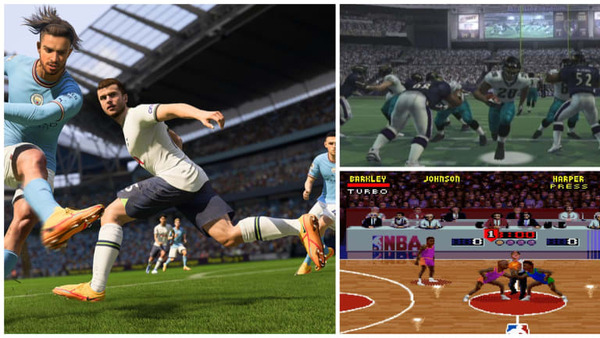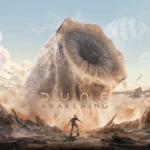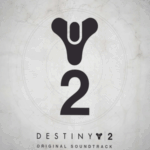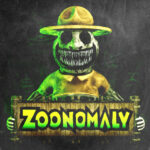God of War Ragnarök, developed by Santa Monica Studio and published by Sony Interactive Entertainment, is the sequel to 2018’s critically acclaimed reboot of the franchise. Continuing the emotional story of Kratos and his son Atreus, Ragnarök brings players deeper into Norse mythology with richer storytelling, refined combat, and breathtaking visuals.
Released exclusively for PlayStation consoles in 2022, it quickly became one of the most celebrated games of the generation. With dozens of Game of the Year nominations and millions of copies sold, God of War Ragnarök represents the pinnacle of narrative-driven action-adventure games. It’s not just a sequel — it’s a culmination of everything the series has built over nearly two decades.
In this article, we’ll explore the story, gameplay mechanics, world-building, character development, and cultural impact of God of War Ragnarök. Whether you’re a longtime fan or a newcomer, this breakdown will show why the game is a towering achievement in modern gaming.
1. From Greece to the Nine Realms
The God of War franchise originally began in Greek mythology, following Kratos as a vengeful demigod wreaking havoc on Olympus. The 2018 reboot transformed the character, placing him in the Norse world and exploring themes of fatherhood, grief, and redemption.
Ragnarök continues this story directly. Kratos and Atreus, now older and more experienced, must face the coming of Ragnarök — the end of the Norse world — while navigating their complicated relationship and fateful destiny.
The shift from vengeance to introspection was bold, and it paid off. Santa Monica Studio redefined Kratos not as a brute, but as a broken man trying to become better. Ragnarök carries that emotional depth forward while expanding the scale and stakes.
2. An Expansive and Interconnected World
God of War Ragnarök opens up the entire Norse cosmology. Players can now explore all nine realms, including previously inaccessible areas like Asgard, Vanaheim, and Svartalfheim. Each realm has its own lore, ecosystems, and puzzles, designed with intricate detail.
While the game maintains a semi-open structure, it feels larger and more seamless than its predecessor. Exploration rewards players with side quests, hidden lore, environmental storytelling, and gear upgrades. The realm traversal system has been improved with fewer loading screens and more dynamic travel.
These expansive zones never feel overwhelming or bloated. Every area has purpose, tightly woven into the narrative and gameplay loops, which makes exploration feel organic and meaningful.
3. Deep, Refined Combat Systems
The core combat of God of War Ragnarök builds on the success of the previous game. Kratos still wields the Leviathan Axe and Blades of Chaos, but they have been expanded with new combos, elemental attacks, and skill trees. Shields now come in multiple types, offering different parry and block styles.
Atreus plays a more active role, with new arrow types and expanded melee abilities. There are even sections where players control Atreus directly, offering a lighter, more agile combat style that contrasts Kratos’s brute strength.
Enemy variety has been greatly improved. Fights are more tactical, forcing players to read attack patterns, exploit elemental weaknesses, and switch weapons fluidly. Boss battles are cinematic and challenging, returning to the grand scale seen in the original trilogy.
4. Character Arcs and Emotional Weight
One of the strongest aspects of God of War Ragnarök is its character development. Kratos continues to evolve, struggling between his violent past and his desire to be a better father. Atreus, now a teenager, wrestles with identity and prophecy as he seeks to understand his place in the world as Loki.
The supporting cast is rich and well-written. Characters like Freya, Thor, Odin, Mimir, and Brok are complex, flawed, and compelling. Their relationships are layered with betrayal, loyalty, and moral ambiguity.
The game’s writing is consistently excellent, balancing mythological grandeur with intimate, human moments. Emotional scenes are delivered with restraint and honesty, making them hit even harder when tragedy strikes or characters reconcile.
5. Storytelling and Thematic Depth
Ragnarök’s narrative is a masterclass in pacing and structure. It intertwines Norse mythology with personal struggles, delivering a story that is both epic and emotionally grounded. Themes of fate versus free will, legacy, and sacrifice are explored with nuance and care.
The game doesn’t shy away from difficult questions. Can people change? Is destiny a curse or a path? What does it mean to be a good father or son? These questions drive the story, giving weight to every action and decision.
The ending avoids cliché and provides closure while still leaving room for interpretation and future exploration. It’s mature storytelling that respects its audience and characters.
6. Puzzles, Exploration, and Gear Progression
Beyond combat and story, God of War Ragnarök includes a variety of puzzles and exploration elements. Environmental puzzles require the use of different weapons and abilities, such as freezing gears with the axe or igniting torches with the blades. These challenges are smartly integrated and scale in complexity as the game progresses.
Exploration is rewarded with crafting materials, lore entries, and special gear. The RPG-lite progression system allows players to upgrade armor, weapons, and abilities. Each gear set offers different perks, encouraging experimentation and build crafting.
Side quests, or “favors,” are some of the best content in the game, often featuring unique stories, bosses, and world lore. Many are emotionally impactful and stand alongside the main narrative in quality.
7. Visuals and Artistic Design
Graphically, God of War Ragnarök is one of the most impressive games available on console. Character models are detailed and expressive. Environmental design is breathtaking, with each realm offering its own distinct color palette, weather effects, and architectural style.
Lighting, particle effects, and animations have all been enhanced from the previous game. Transitions between cutscenes and gameplay are seamless, preserving immersion.
Art direction remains a highlight. From frost-covered mountains to golden meadows and ancient ruins, every visual element reflects the game’s mythological roots while staying grounded in emotional realism.
8. Sound Design and Voice Acting
The soundscape of Ragnarök is immersive and carefully crafted. Composer Bear McCreary returns with a powerful score that blends Norse instrumentation with modern orchestration. Themes for each character and realm reinforce the emotional and narrative beats.
Voice acting is exceptional. Christopher Judge delivers a nuanced performance as Kratos, while Sunny Suljic portrays Atreus with maturity and vulnerability. Supporting cast members elevate every scene, adding authenticity and drama.
Combat sounds, ambient noises, and environmental cues enhance gameplay. From the clash of weapons to the whispers of ghosts, every sound has weight and purpose.
